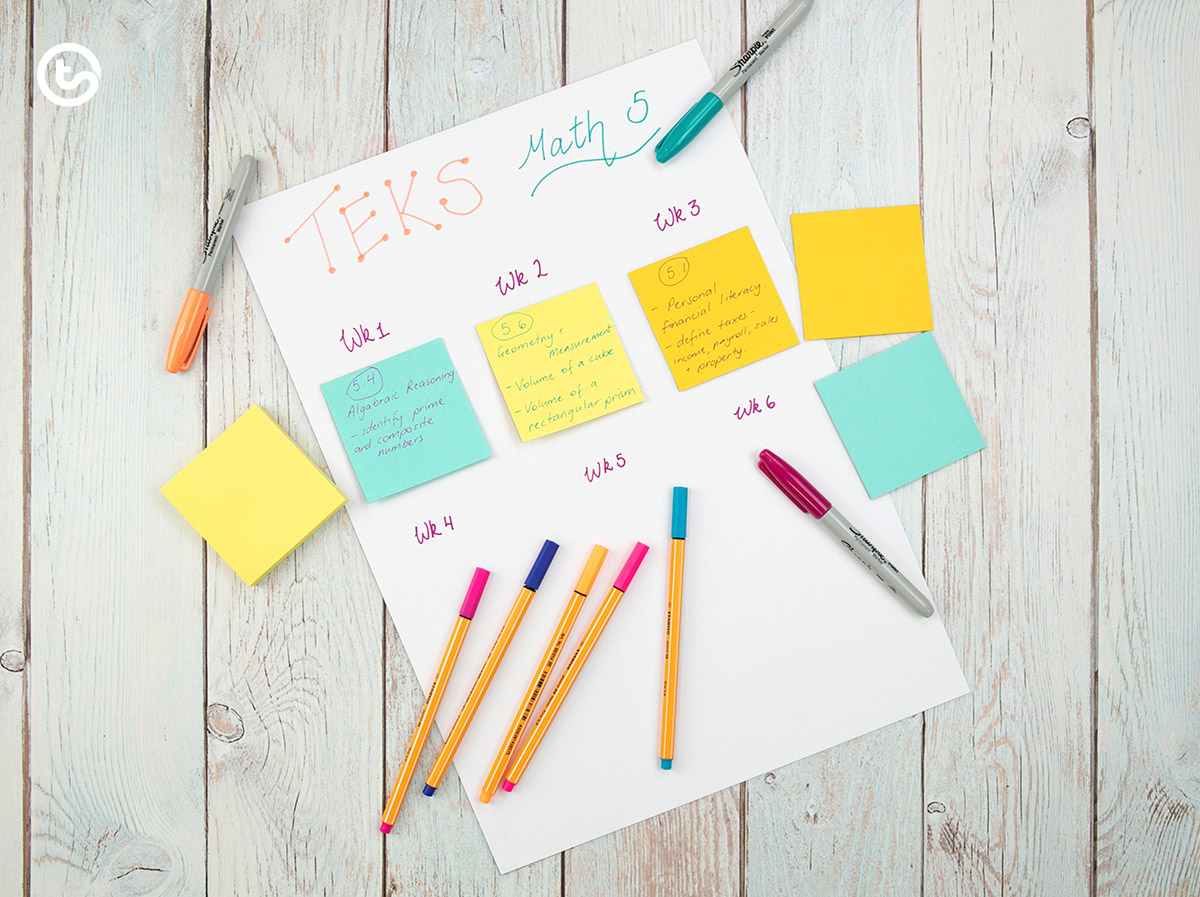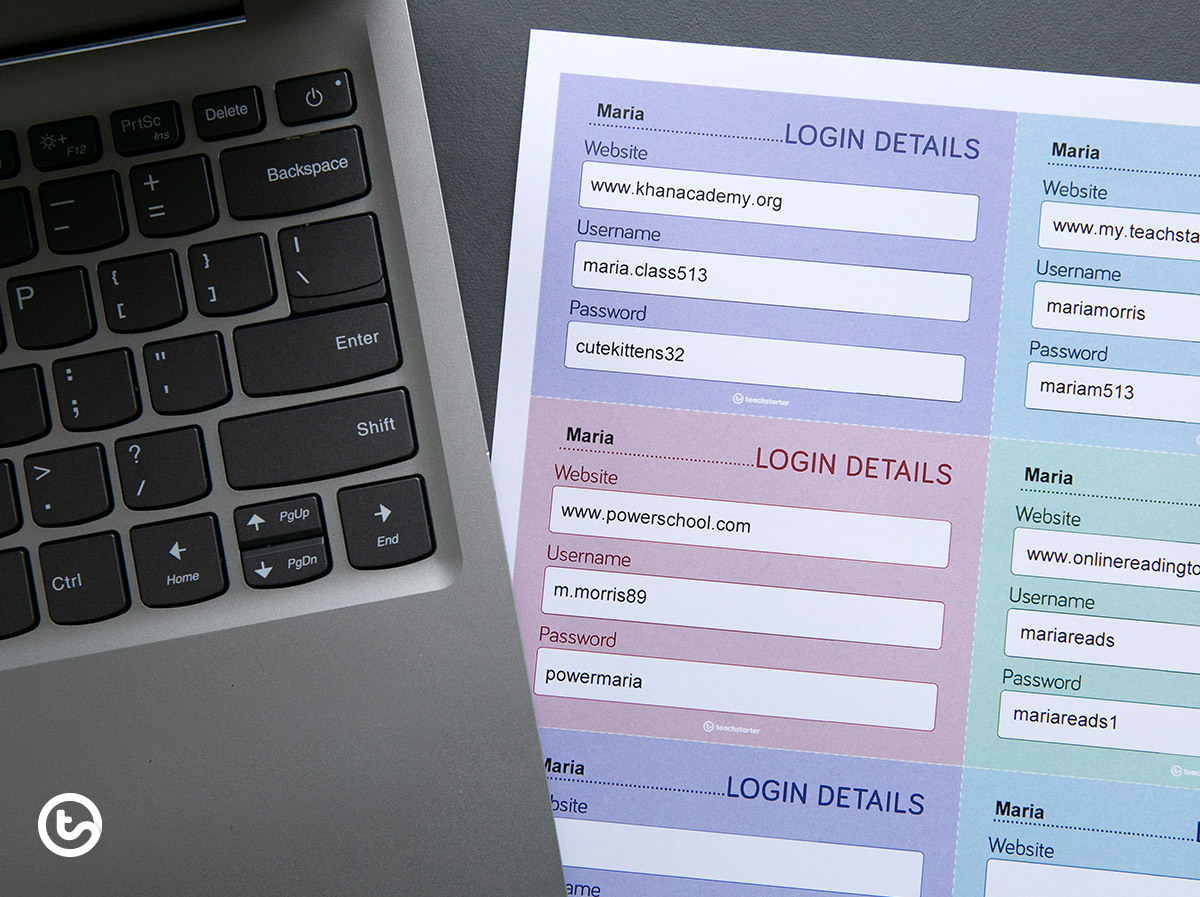‘Blended learning’ does seem to be the buzz term of the month, doesn’t it? Two simple words that are filled with so much depth and provoke so many questions. As educators, we are used to the odd buzz word or two, but occasionally one comes along that perks up our ears and shakes our whole world. I think this is that time!
The Tea on Blended Learning
Blended learning can look very different from school to school. But, it does have one thing in common.
Blended learning is defined as an educational model which combines face-to-face and online learning.
Now, this is a very open-ended definition! Within this model of teaching, there are so many possibilities. Here are just some of the versions of blended learning that we came across while researching this article:
- All students learning online 3 days a week and in-class 2 days a week.
- Half your students learning online Monday and Thursday, the other half learning online Tuesday and Friday. All students learning in-class on Wednesday.
- Half your students learning face-to-face for the morning period, and online for the afternoon period. The other half switching places to learn online for the morning period and face-to-face for the afternoon period.
- Offering either full-time face-to-face or full-time online learning – students’ families can choose which one they’d prefer. The teacher delivers both online and face-to-face at the same time.
As you can see, the combinations could be endless – there really is no stock standard approach when it comes to blended learning in schools. Teachers just have to follow their district’s instructions, and make it work the best they can.
Preparing Your Students
Getting your students ready for blended learning depends on what style of blended learning you are undertaking. However it will look for you, you will need to make sure your students are grouped appropriately and have access to the online learning platforms they will need to use while out of the classroom.
You may have these decisions taken out of your hands, or you may be the one tasked with allocating students into groups.
As teachers, we are no strangers to grouping! But when you have to take into consideration the new learning criteria (i.e working digitally versus face-to-face) it may change your thoughts on which groups your students should be in.
Consider the following:
- Will grouping by ability be beneficial when working with groups, or would I rather have a mix of abilities for peer learning and support?
- Should I group students who work best independently with students who need extra support to stay on task? Will this make managing the groups a little easier or not?
- Will all the activities I have planned work best with mixed ability groups or would I better differentiate my activities for each group?
[resource:2668478][resource:64885][resource:4430372][resource:3194698]
As it’s a new school year, you may not know the students well enough yet to make these decisions. The best thing to do is to decide on how it will work best for you and change up the groups if you need to as you get to know the students. For some extra help, talk to your students’ teachers from last year to see if they have any helpful info.
Once you’ve made your groups, you can create some fun login cards for each child so that they have all of their usernames and passwords at their fingertips! This will take a little bit of admin work but will save you bucketloads of time in the long run. We have just the thing with our Computer Username and Password Login Cards. Simply print one page per student with multiple website login information!
Preparing Your Planning
You may find that this school year, your planning looks a little different.
Don’t be afraid! Blended learning can be a flexible concept that empowers educators and their students to learn and grow.
While it may sound counter-intuitive, covering the curriculum in a flexible manner is the only way that you and your students will remain sane in this topsy-turvy year.

A quick guide to covering the curriculum:
- Break out your flair pens, colorful markers and post-its and have some fun deciding which curriculum concepts you will cover.
- Then, break it down into weeks.
- Make sure to give yourself some time for catching-up students who may fall behind due to technical difficulties and/or lack of support at home.
- Of course, you’ll have some students who get everything done in the time allocated. Plan some fun student-driven extension activities that will keep them engaged! Our Genius Hour resources may just be the thing you need to keep those quick learners working through to the next break.
Scheduling
We wish we could give you a one-size-fits-all schedule to help you with your blended learning, but like we said – flexibility is key!
What we can say is that, though your weekly schedule may look different, it’s a great opportunity to see the positives:
- Online learning enhances socializing and learning opportunities in a new way.
- Blended learning may allow for smaller group support. This may allow for more focused instruction – a win for teachers and students!
- Splitting a schedule over groups on different days means you’re really planning for, say, 3 days a week – not 5.
- If you have a shared day, make it one to get excited about! Touch on concepts from your online-lesson days to hold your kids accountable.
![]()
Download one of our many Weekly Schedule Templates and get-to planning! Use color-coding for different groups and have fun by mixing independent and group activities. Learning digitally lets you share a lot of fun online resources that your students may miss out on in the classroom, such as videos and interactive games!
One thing I will say – take time at the start of your year to model your online learning expectations. This way, your students will know what to expect, how to logon, and this will help them feel more confident taking on blended learning with you.
Oh yeah, and don’t forget to throw in some Digital Getting-to-Know-You Activities to introduce your whole class to each other – no matter how they’re learning!
Keeping Your Momentum
Blended learning may seem super tricky to start with – but once you get into your groove, you’ll remember that you’re a teacher and nothing can stop you!
Your Wellbeing
One thing is for sure! As you make your way through this planning journey, you need to keep in mind your number one priority – your mental health and wellbeing. All work and no play leaves you (and your students) incredibly tired! Leave time for fun with your students, such as arts and crafts, games, and storytime, and most importantly – make sure that you keep enough time for rest and recovery each week.
Motivate Your Students and Celebrate the Wins
The key to motivating your students throughout the school year with blended learning is to remind them (and yourself!) that you are a team in your classroom, and you’re all in this together.
You and your students will have the opportunity to make mistakes (and learn from them!) as you go together on this learning journey. Celebrate the wins and reflect on the losses. Reward independence and motivation. Set small, achievable goals, and make learning fun through games. Celebrate the days you get to see each other face-to-face, and just do the best you can, to begin with. Then, when you know better, you’ll be able to be better than your best.








Comments